12 Medicinal Plants or Herbal Plants for Diabetes
DOH Annual Calendar July 2014 4th week - National Diabetes Awareness Week
DIABETES AWARENESS WEEK
Diabetes Week
National Diabetes Week 2014
Philippine Traditional and Alternative Medicine
What is lagundi
The 10 Best Philippine Medicinal Plants
Herbal medications to prevent diabetes?
Kamote
Philippines Medicinal Herbal Plants and its Uses
Examples of Herbal Plants here in the Philippines
Mabolo Fruit for Diabetics
Discovering mabolo
Philippine Herbal Medicine
- Akapulko (Cassia alata) a medicinal plant called "ringworm bush or schrub" and "acapulco" in English, this Philippine herbal medicine is used to treat tinea infections, insect bites, ringworms, eczema, scabies and itchiness.
- Ampalaya (Momordica charantia) Common names include "bitter melon " or "bitter gourd " in English. This Philippine herbal medicine has been found to be effective in the treatment of diabetes (diabetes mellitus), hemofrhoids, coughs, burns and scalds, and being studied for anti-cancer properties. It is available commercially in tablet form (Amargozin by Altermed/Pascual Laboratories), in capsule formulation, (Charagen Ampalaya), and as teas.
- Bawang (Allium sativum) Common name in english is "Garlic". Bawang is a used in Philippine herbal medicine to treat infection with antibacterial, antiinflammatory, anti-cancer and anti-hypertensive properties. It is widely used to reduce cholesterol level in blood.
- Bayabas (Psidium guajava) - "Guava" in English. A Philippine herbal medicine used as antiseptic, anti-inflammatory, anti-spasmodic, antioxidant hepatoprotective, anti-allergy, antimicrobial, anti-plasmodial, anti-cough, antidiabetic, and antigenotoxic in folkloric medicine.
- Lagundi (Vitex negundo) - known as "5-leaved chaste tree" in english is used in Philippine herbal medicine to treat cough, colds and fever. It is also used as a relief for asthma & pharyngitis, rheumatism, dyspepsia, boils, and diarrhea.
- Niyog-niyogan (Quisqualis indica L.) - is a vine known as "Chinese honey suckle". This Philippine herbal medicine is used to eliminate intestinal parasites.
- Sambong (Blumea balsamifera)- English name: "Ngai camphor or Blumea camphor" is a Philippine herbal medicine used to treat kidney stones, wounds and cuts, rheumatism, anti-diarrhea, anti spasms, colds and coughs and hypertension
- Tsaang Gubat (Ehretia microphylla Lam.) - English :"Wild tea" is a Philippine herbal medicine taken as tea to treat skin allergies including eczema, scabies and itchiness wounds in child birth
- Ulasimang Bato | Pansit-Pansitan (Peperomia pellucida) is a Phillipine herbal medicine known for its effectivity in treating arthritis and gout.
- Yerba Buena (Clinopodium douglasii) - commonly known as Peppermint, is used in Philippine herbal medicine as analgesic to relive body aches and pain due to rheumatism and gout. It is also used to treat coughs, colds and insect bites
- Banaba (Lagerstroemia speciosa) - Banaba is being studied for its application in the treatment of diabetes. Its ability to lower blood sugar is attributed to its corrosolic acid content. The plant is commercially available as tablets, extracts, capsules, powders and teas.
- Mabolo (Diospyros blancoi) - A member of the Ebenaceae family, it is also known as the Philippine persimmon, velvet apple or butter fruit (in Singapore). This fruit grows from the Kamagong tree which is native to the Philippines. Indigenous to forestlands in low or medium altitudes in the country, the Kamagong tree is mainly used for furniture and specialty wood products. While the tree is known around the world for its wood, its fruit, mabolo, deserves a bit more attention
DOH Annual Calendar July 2014 4th week - National Diabetes Awareness Week
DIABETES AWARENESS WEEK
Diabetes Week
National Diabetes Week 2014
Philippine Traditional and Alternative Medicine
What is lagundi
The 10 Best Philippine Medicinal Plants
Herbal medications to prevent diabetes?
Kamote
Philippines Medicinal Herbal Plants and its Uses
Examples of Herbal Plants here in the Philippines
Mabolo Fruit for Diabetics
Discovering mabolo
Philippine Herbal Medicine

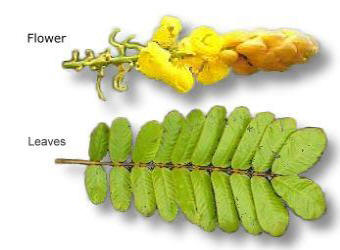
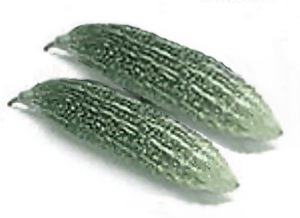

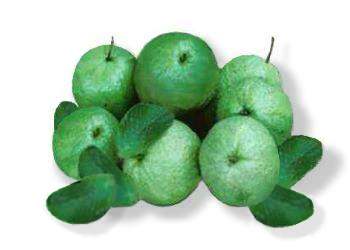
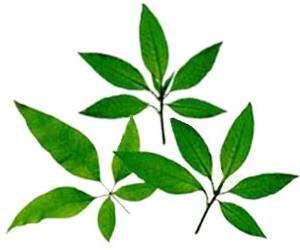
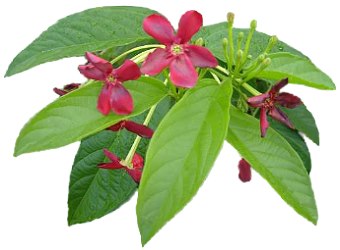
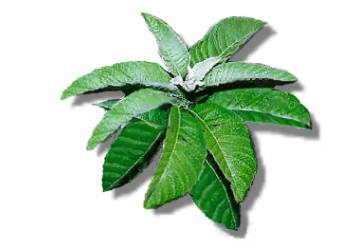
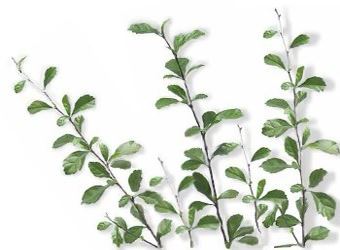
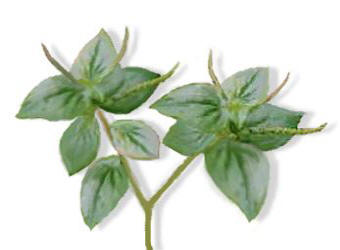
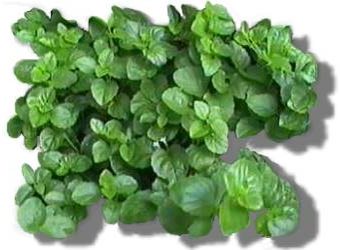
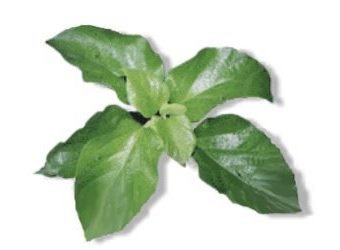
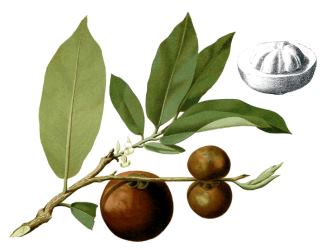
No comments:
Post a Comment